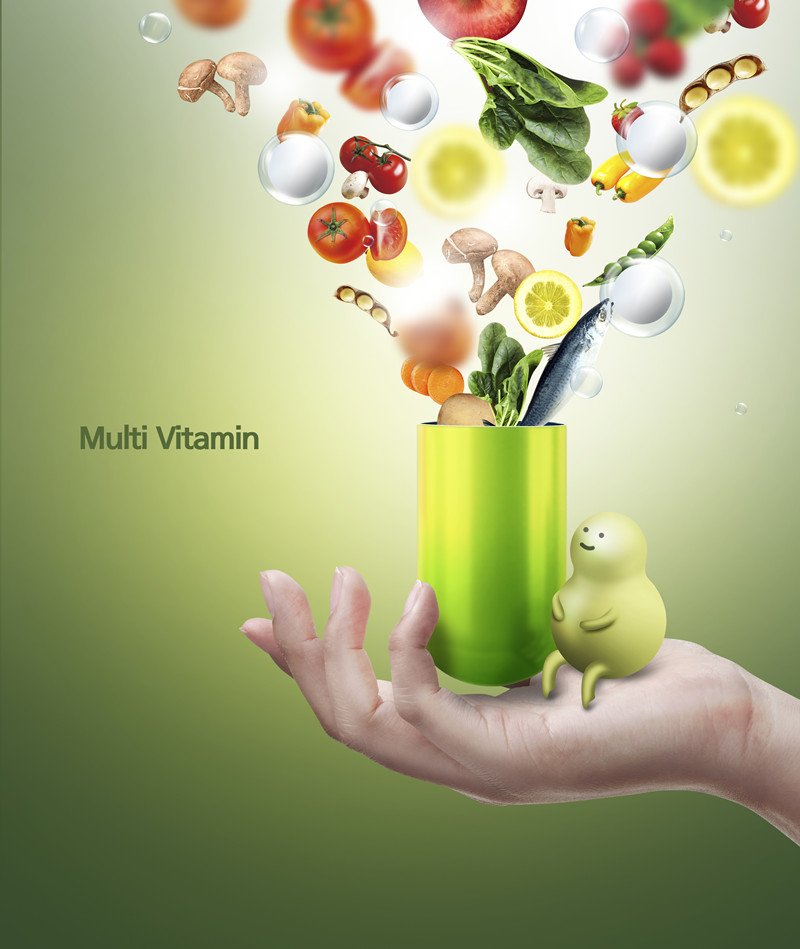Dietary fiber is called the “seventh major nutrient” after the “six major nutrients”. Along with protein, fat, carbohydrates, vitamins, minerals, and water, it is an indispensable and important nutrient for the human body. As an ingredient, consumers have the highest health perception of dietary fiber, according to a 2021 survey by the International Food Information Council (IFIC). 56% of respondents are actively consuming dietary fiber. For companies, dietary fiber also has many unique advantages. It improves the texture and stability of foods, reduces sugar use, and adds digestive, cardiovascular health, and immune-boosting benefits to products.
In 2022, dietary fiber will also become an important raw material in new functional food and beverage products and will continue to make breakthroughs in various innovative forms.
1 A new way to reduce sugar – innovative application of dietary fiber
Fiber is a great way to replace or reduce added sugar. In addition to providing sweetness, inulin can replicate the function of sugar and be used as a flavor enhancer, leavening agent, or bulking agent. Short-chain inulin provides 60% of the sweetness level of sucrose. It can replace sugar in a 1:1 ratio in many applications.

Another fiber that can be used for sugar reduction is gum arabic. Recently, the FDA officially listed gum arabic as dietary fiber. It has become the second largest after mixed plant cell wall fibers, arabinoxylan, sodium alginate, inulin and inulin-type fructose, high amylose, galactooligosaccharide, polydextrose, resistant maltodextrin/dextrin, resistant starch RS4 The tenth ingredient that can be counted as dietary fiber on the nutrition label. Gum arabic can help compensate for lost volume, texture, and mouthfeel from reduced sugar products. It brings stability by reducing water activity and improves softness and mouthfeel by increasing water retention capacity. In addition, polydextrose, resistant starch, etc. can be used to partially replace sugar in food and beverages, and used with high-intensity sweeteners to achieve ideal.
Some new sweetener products are also starting to use fiber. Supplant launched Supplant sugar from fiber this year. This is a blend of sugar substitutes naturally found in plant fibers, made from straw, stems, and cores from corn, wheat, and rice. Proven to work in a variety of categories including baked goods, cereal, chocolate, and ice cream. According to the company, Supplant sweeteners caramelize, bake and cook like traditional sugar, providing bulk, texture, structure, browning, and sweetness with less than half the calories of sugar. Once produced on an industrial scale, the price of Supplant sugar will be more competitive with conventional sugar because it comes from scrap.
Start-up BT Sweet recently launched Cambya sweetener. This is a 1:1 ready-to-use sugar substitute designed to reduce sugar in a variety of food and beverage applications without compromising flavor and organoleptic qualities. It provides optimal sweetness without masking agents and leaves no aftertaste. Based on soluble fiber, monk fruit, and other botanicals, the formula is organoleptically identical to sugar and also provides a rich source of natural fiber.
2 Kiwi fruit, bread tree… The development of new dietary fiber raw materials
Innova data shows that from 2015 to 2019, among the new fiber-related products announced globally, the top five raw materials added are inulin (8%), fructooligosaccharides (6%), polydextrose (4%), oligosaccharides Galactose (3%), Pectin (2%). In addition to these types of main dietary fiber raw materials, raw material manufacturers are also constantly developing new dietary fiber raw materials with prebiotic properties, mainly from natural fruits and vegetables.
2.1 Baobab tree
The Baobab is Africa’s most iconic tree. Its fruit is huge and nutritious. Its pulp contains more than 50% fiber, which provides a strong satiety sensation. It is a low GI prebiotic and is rich in potassium, calcium, magnesium and other minerals, protein, and vitamins.
Nexira has added a Baobab & Gum Arabic Prebiotic to its inavea range. This soluble dietary fiber blend has low hygroscopicity and can be used to fortify the fiber content of food and beverage products. It has a subtle baobab flavor with a slightly intense fruity flavor and is certified FODMAP friendly.

2.2 Kiwi
Livaux is made from 100% non-GMO New Zealand Zespri Sun Gold kiwifruit, a prebiotic dietary fiber. In a clinical study of 28 patients, Livaux increased the levels of Faecalibacterium prazines in the gut, helping to improve bowel movements and maintain digestive health.
2.3 Carrots
Beni Caros is a patented immune health ingredient derived from carrot pulp. It has been clinically proven to enhance immune function and optimize the immune system’s response to potential threats and challenges. Its main component is rhamnose galacturonic acid-I (RG-I). This is a type of soluble fiber. With a dual mechanism of action, Beni Caros directly supports the immune system becoming more sensitive and indirectly supports immune function by stimulating beneficial gut microbes and their metabolites, which in turn supports a rapid immune response. Both of these mechanisms help support a healthy immune system at its best during critical times.
2.4 Citrus fiber
CitrusExtracts LLC introduces Citra Fiber, a natural citrus fiber powder. It can be used in plant-based meats, dairy products, candies, and sauces, among others. It is reported that Citra Fiber is derived from citrus peel without pulp, using a patented process to remove oil and sugar. Its dietary fiber content and pectin content can reach 95% and 46% respectively. In addition, Citra Fiber is colorless, odorless, and lipophilic in nature. Not only does it serve as a substitute for starch, allergens, and chemical stabilizers in various food formulations, it can also be used as a natural emulsifier.
3 Growing Global Dietary Fiber Market
According to the Mintel Global New Product Database (GNPD) data, new food and beverage products containing prebiotic/dietary fiber-related ingredients have grown rapidly from 2012 to 2013 and 2017 to 2019, and there have been more than 52,000 new products so far. New. In the Chinese market, dietary fiber still has huge development space. According to consumer research in the Mintel China report, Gut Health Management – 2021, 36% of consumers in China have “tried and continue to use” prebiotic/dietary fiber supplements. In addition, 37% of consumers said they “haven’t tried it, but would be interested in trying it in the future”.

According to data from the Dietary Fiber Technology Branch of the China Medical Biotechnology Association, the total output of the global dietary fiber industry in 2019 was 866,600 tons, with an output value of 18.064 billion yuan. Among them, the total output of China’s dietary fiber industry is 189,500 tons, with a total output value of 3.831 billion yuan, about one-fifth of the global output. It is estimated that by 2026, the total output of the global dietary fiber industry will reach 1.2249 million tons, and the total output value will reach 22.913 billion yuan. The total output of China’s dietary fiber industry will increase to 303,600 tons, and the total output value will reach 5.527 billion yuan.

In terms of specific applications, according to data from Guanyan Tianxia, nearly half of the world’s dietary fiber will be used in dairy products and food and beverages in 2020, followed by health care products and baby food, accounting for 29.98%. Less than 10%, there is still a lot of room for growth. It is predicted that from 2020 to 2026, the fastest growing areas of dietary fiber applications are health care products and baby food, with a compound annual growth rate of 6.25%.

